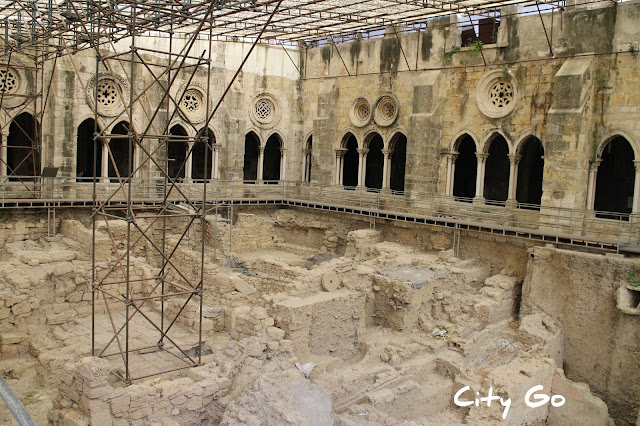Izmir Agora Open Air Museum, Turkey
Smyrna was founded in the 4th century BC, developing simultaneously on the slopes of Mount Pagos and alongside the coastal strait. The name Smyrna can come either from the name of an Amazon Queen or from the word myrrh, the main export of the city. It rose to prominence due to its advantageous port conditions, ease of defence and inland connections.
In 197 BC the city cut its ties with Pergamum and turned to Rome and in 133 BC when the last Attalid king died without an heir, his kingdom, including Smyrna, became a Roman province. Smyrna, as a major seaport, rivalled Pergamum and Ephesus as the leading city of the new province.
In 178 AD the city was badly damaged by an earthquake and Emperor Marcus Aurelius was instrumental in having it rebuilt.
The area was later used as a cemetery, during the Ottoman Empire rule.
Most of the present day remains date from the Roman period but there are also Hellenistic, Byzantine and Ottoman remains.
The first excavations were carried out from 1933 to 1941, under the supervision of the Izmir Archaeological Museum. Works started at the Basilica but were soon extended to other areas. There was another excavation season in 1944, followed by a long hiatus, with excavations resuming only in 1997. Since 2006 excavations have been under the Smyrna Excavation, Research and Restoration Project, which also includes Mount Pagos.
Opening Hours: 8 a.m. to 5 p.m. (6 p.m. in Summer)
Entrance fee: about €1.5 (TL 5).
Closest metro station: Çankaya














Comments
Post a Comment